by
Ken Bowen, Managing Editor of MarketingExperiments.com
No longer constrained to just email, MarketingSherpa Summit 2016 opened its doors to digital and data-driven marketers, as well as practitioners of content and social media marketing. In total, over 30 of your peers presented their campaigns to the nearly one thousand marketers in attendance at the beautiful Bellagio in Las Vegas.
As Managing Editor of MarketingSherpa's testing-based sister site, MarketingExperiments, I worked closely with all nine presenters on the Digital & Data track. Despite each having a wildly different campaign, several dominant trends emerged.
Read on to discover these key takeaways and learn how you can put them into action with your own campaign.
Takeaway #1. Individualization tops personalization
As marketers, when we hear the term "personalization," we've been conditioned to think "
Hello [recipient name],
I really looking forward to sharing with you some ways that [company name]
can best serve you."
Though these methods may have increased opens and clickthrough a decade ago, they are no longer capable of working magic on their own. In short, customers have figured us out.
Instead of relying on this gimmicky, one-size-fits-all approach, numerous presenters took the stage to urge their fellow peers to switch focus from personalization to true individualization.
SCI Solutions, a Seattle-based company that offers software to hospitals and other medical facilities, is faced with an impossibly crowded marketplace. The contact information for every buyer is easily available, and open rates across the industry are less than 1%. To combat this, Jeremy Mason, Director of Demand Generation, SCI Solutions, and his team combined the most effective aspects of persona-marketing and trigger-based marketing to create
a truly individualized behavioral marketing plan.

Click here to see the full version of this creative sample
The selection of every piece of content and the precise timing of its delivery was anchored by the team's knowledge of who the recipient was — based on industry standard databases, Data.com reports, LinkedIn research and his team's own internal data — and where they were in
the customer journey.
For example, Jeremy's ideal prospect is the hospital CFO.

Click here to see the full version of this creative sample
When targeting this particular buyer, Jeremy emphasized a slow building of trust over the course of months, as quantified by a custom lead scoring system that the SCI team created.
Messaging may start with something as simple as an infographic. Two weeks later, the team would follow up with an ebook or an article. Two weeks after that, CFOs would be sent an invitation to a pre-recorded webinar. Based on the actions the prospect took (and their specific persona), points were added to their score. When
their score reached 50, they were considered hot, and the team would send an invitation to try a demo of SCI's software suit.
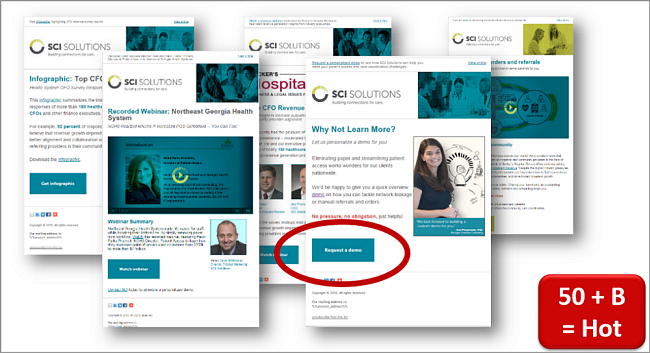
Click here to see the full version of this creative sample
By leveraging this approach, SCI experienced a
132% increase in responses, and
35% growth in opportunities.
While SCI Solutions targeted specific personas, another tech-based company, SAP, built individualized marketing based on accounts.
Eric Martin, Vice President, Marketing, SAP North America, discussed this account-based marketing (ABM) approach during his presentation, "How SAP Engaged Its Best Customers With Account-Based Marketing (ABM) to Impact the Close of $27 Million."
Due to the repeat nature of SAP's business, and the expansion opportunity that each account provides, every customer is crucial, with a handful of the most-important accounts driving up to 30% of SAP's total revenues.
Despite this, prior to the launch of the ABM program,
SAP North America's marketing was generic and highly matrixed. During his presentation, Eric discussed a difficult phone call he received from one company asking to no longer be contacted by SAP at all due to the irrelevant nature of the communication.
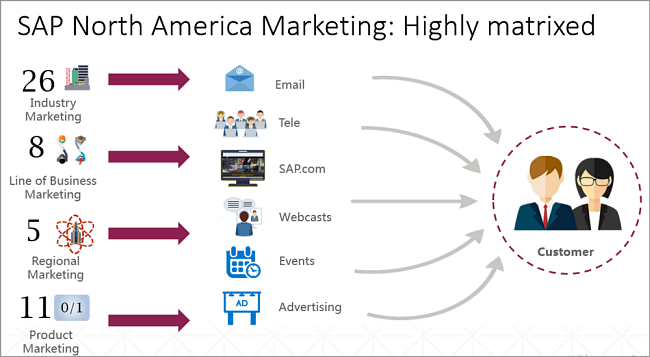
Click here to see the full version of this creative sample
To counteract this, Eric knew that he must start treating accounts as individualized
markets of one. To test this new ABM approach, the SAP team chose five key accounts from their list of
strategic customers for use in the pilot program. These accounts were hand-selected due to their growth potential, engagement with sales and perceived commitment to SAP.
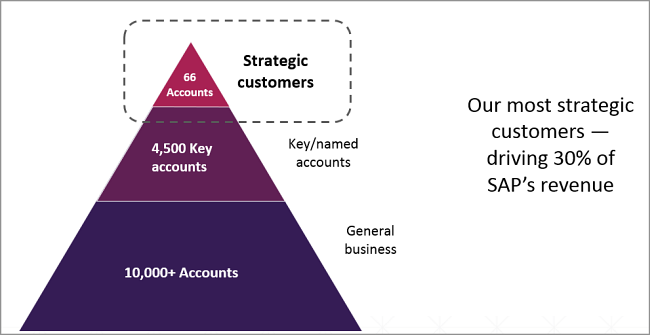
Click here to see the full version of this creative sample
Extensive research was then conducted on each account. The team talked to customers to determine their vision, goals and ideal audience. They identified growth targets, and how software contributed to those goals. Only then did they plan the highly-focused, executional elements of
the campaign.
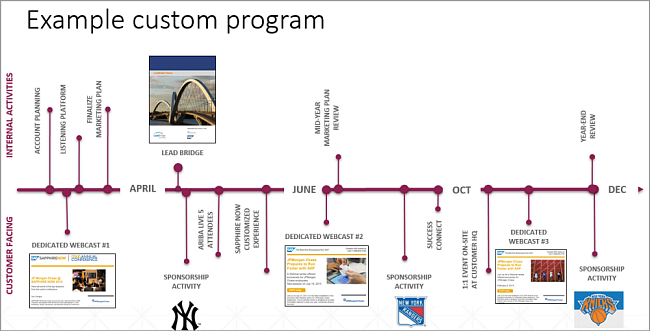
Click here to see the full version of this creative sample
By focusing on individualization, SAP North America saw a
$27 million increase in new pipeline opportunities.
Takeaway #2. Put yourself in the shoes of your customer
In elementary school, many of us were taught about the Golden Rule: "Do unto others as you would want done unto you."
In recent years, many schools have shifted focus to a new rule — the Platinum Rule. Simply put, this rule states that we should do unto others as they would want done unto them. Despite our advanced degrees and industry expertise, many of us could stand to learn a thing or two from this simple schoolyard lesson.
One company, Intronis, leveraged this principle to incredible results.
Like SCI Solutions, Intronis found itself in a crowded B2B tech marketplace. Looking for a way to draw attention to their company, Aaron Dun, Former Chief Marketing Officer, and Richard Delahaye, Senior Director of Marketing, decided to go old school by launching a direct mail campaign aimed at several hundred of their strongest prospects.
Intronis wanted to include a pack-in gift, but struggled for weeks to come up with the right giveaway.
The team thought about the latest trends in gadgets. Maybe they could give away a drone? Or a flying helicopter? For some reason though, none of these electronics felt right for the send.
Then, they decided to try thinking like their customers.
Intronis' list of prospects all shared very similar traits. Male. 35 to 40 years old. IT professionals. In fact, the typical prospect reminded Dun and Delahaye a lot of themselves — "self-professed nerds."
Looking at these demographics, they begin to wonder, "What would I want if I were them?"
When Dun called one day with an idea, they knew immediately it was the answer:

Click here to see the full version of this creative sample
The
Atari Flashback 4, a modernized replica of the same Atari system that the team had grown up playing. Not only was the gadget fun and attention-grabbing, but it would illicit a strong emotional connection with many prospects who likely grew up with an Atari in their living room or basement.
The Intronis team purchased hundreds of Ataris, and sent them to carefully vetted, pre-qualified leads. Inside
the package was a letter of introduction that offered to upgrade the Atari to a modern gaming system in return for a 30-minute phone call.

Click here to see the full version of this creative sample
The results speak for themselves:

Click here to see the full version of this creative sample
Another presenter, Torin Gilkey, Manager of Digital Marketing, Boston Children's Hospital, took a similar approach to BCH's website. In previous years,
the site was a complex web of pages and blogs. Patients, providers or doctors coming to the site to find information routinely found themselves struggling to locate answers to their questions. This was evident by low customer satisfaction (SAT) scores, as well as by qualitative feedback.
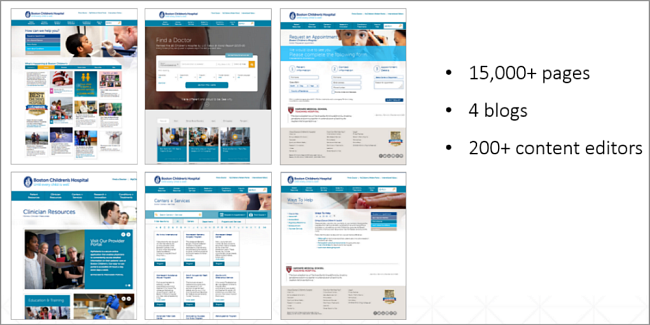
Click here to see the full version of this creative sample
To help solve this problem, the BCE team started by identifying
the main reasons that people were coming to the site.
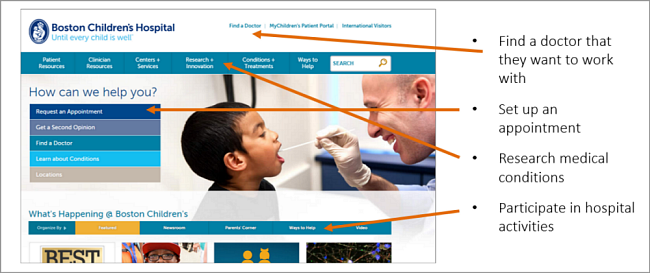
Click here to see the full version of this creative sample
With these use cases in mind, Gilkey and his team thought out how these pages could be most useful if they were to visit them. Pages were then redesigned with customer satisfaction in mind. For example, the "Find a Doctor" page made it much easier to
find and filter doctors based on specific preferences and needs. And, once a doctor was selected, the information about that specific physician was presented in a much more personal way.

Click here to see the full version of this creative sample
By carefully thinking about what the customer would want, and improving delivery of that information through redesigned pages and a new mobile experience, Torin and his team were able to increase
customer satisfaction scores by 20%.
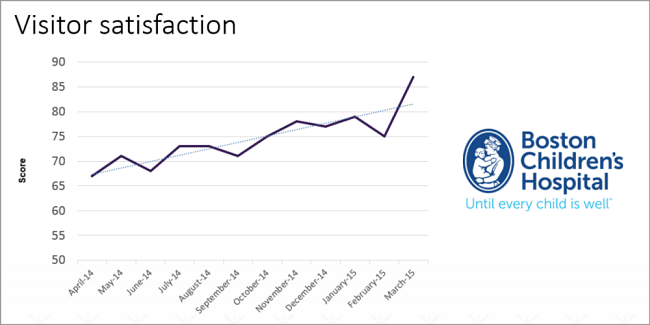
Click here to see the full version of this creative sample
Takeaway #3. Test early and often
It almost goes without saying in today's marketing world, but it is absolutely vital to test at every possible step of the way.
Eric Martin and the SAP team didn't just roll out account-based marketing across the board. They tested the strategy on five key customers before expanding the program. Likewise, Intronis didn't just mail Ataris to their entire list. Key prospects were selected to test the idea on.
Another speaker, Mike Loveridge, Head of Digital Test and Learn, Humana, and his team leveraged iterative testing and captured big gains.
"[Testing radical redesign] is impractical," he said. "Testing complete new versus complete old was a nightmare."
Instead, Humana starting testing iteratively, with an end goal of testing the former old funnel versus the complete new funnel, optimized step-by-step, to see if sum of the parts equals the whole. Loveridge referred to this as Humana's "
Super Test" strategy.
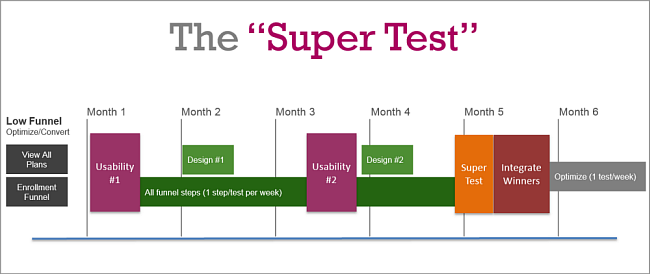
Click here to see the full version of this creative sample
During the presentation, Loveridge walked us through several of these iterative tests.
Test #1: Banner redesign
For this
banner test — which Mike jokingly referred to as "Winter grandma" versus "Summer Clint Eastwood lookalike" — the team at Humana wanted to test whether the messaging being used on the rotating banner of its homepage was too complex for customers.

Click here to see the full version of this creative sample
"You really have to simplify when you only have six seconds," Loveridge said.
In addition to the change in imagery, the headline was better tailored to users' position in the customer journey (upper funnel), the copy was simplified and the CTA was given more visual punch.
The result?
A 433% increase in clickthrough into Humana's marketing funnel. By serving customers with what they want, when they need it, in an accessible way, banner performance skyrocketed.
Test #2: GEO personalization
In this test, the Humana team tested
geo-personalization, which serves unique pages, ads, etc. based on user location.

Click here to see the full version of this creative sample
"Take a couple, put them in a background that's fairly generic, it could be anywhere in the world," Loveridge said in reference to the control tested in this experiment. "Then take that couple, and put them in front of the Statue of Liberty or the Golden Gate Bridge."
More specifically, the banner featuring the Golden Gate Bridge, as pictured above, was served to site users located in California's Bay Area. And, as you'd expect, the banner featuring the Statue of Liberty was delivered to New York.
The result?
A 31% increase in clickthrough.
But this wasn't the biggest surprise.
Loveridge and the Humana team found that geo-personalization not only increased clickthrough, but also increased overall conversion through the funnel.
He shared numerous other tests, but if there's one thing he wanted marketers to take away, it's the sheer power of iterative testing.
"Iterative testing gives you more results on a more frequent basis," he said. "And they're easier to understand."
Join us on March 9 for the post-Summit wrap-up webinar where the MarketingSherpa Editorial Team will discuss the most inspirational and actionable lessons from this year's two-day event in only one hour.Related Resources
Email Marketing: 5 actionable tips and tactics from your peers at MarketingSherpa Summit 2016 Live From MarketingSherpa Summit 2016: Morgan Spurlock and using storytelling in your campaigns [From the MarketingSherpa blog]
Live From MarketingSherpa Summit 2016: 5 steps to telling your team's story internally [From the MarketingSherpa blog]
Content and Social Marketing: Top takeaways from 6 case studies at MarketingSherpa Summit 2016

























